Written by our People team – Sarah and Anna, who are running the Bootcamp project 🙌
It’s hard to believe that it’s already been a year since we first launched the Tactile Bootcamp! An idea that had been in the works for over a year before finally coming to life in August 2024.
What started as a bold experiment has now evolved into a core part of the Tactile experience. Over the past year, around 140 Tactilers have gone through the program, and we’re proud to see how it continues to make an impact long after the Bootcamp itself ends.

Why we started the Bootcamp
When we (Sarah and Anna) first joined the Talent & Culture team here at Tactile, one of the initial tasks was to interview Tactilers across the Copenhagen office.
A recurring theme quickly emerged: as the company grew, many felt a growing sense of disconnect between new and seasoned team members. At the same time, we were working on improving the onboarding experience for new joiners.
That’s when the idea clicked! Why not combine these two needs? What if we could design an experience that not only welcomed new team members but also fostered connection, collaboration, and shared learning across the organization?
And so, the Bootcamp concept was born.
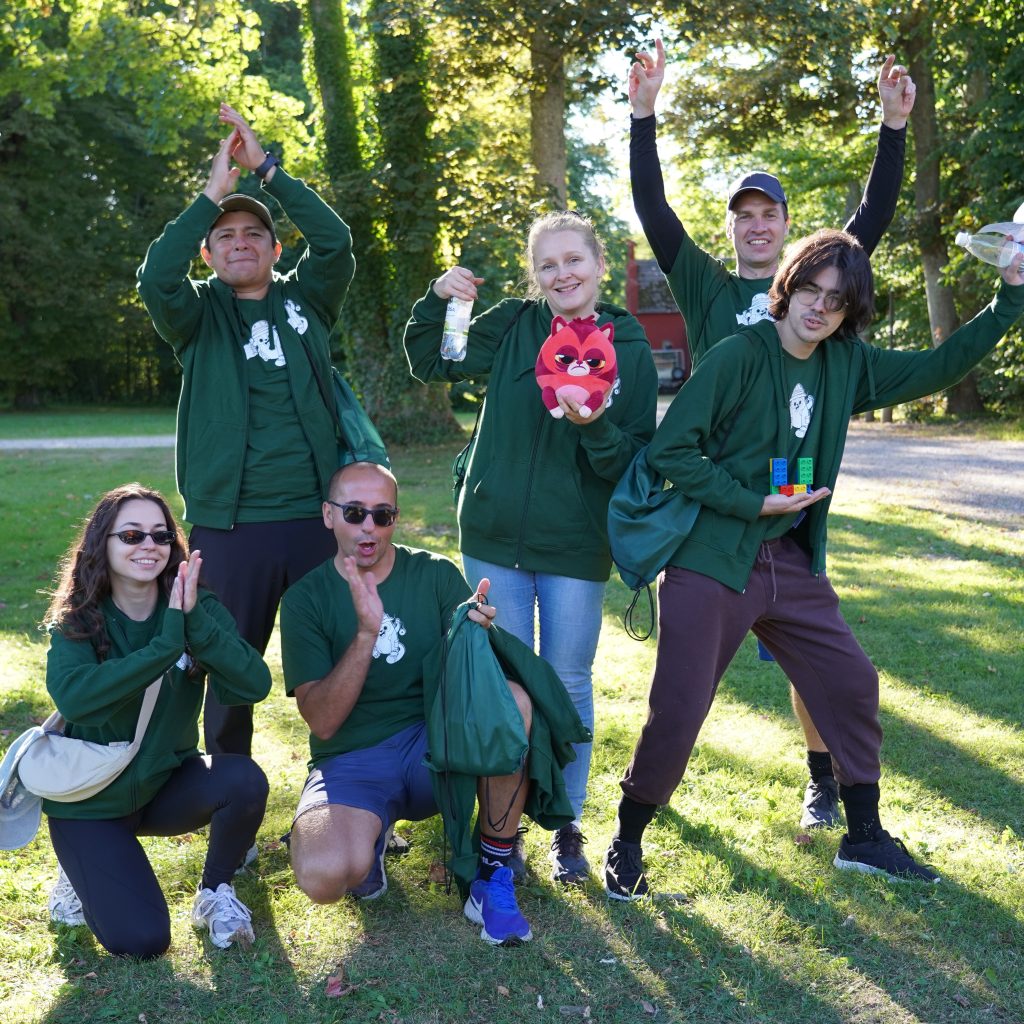
Not just another team-building event
At Tactile, we value a flat structure, no rigid hierarchies, and teams empowered to execute on vision and strategy. Our culture thrives on people being self-driven, curious, and ready to see opportunities instead of challenges.
With that in mind, we didn’t want the Bootcamp to be just another fun night out with dinner and activities. Instead, we envisioned a transformative learning experience.
The result? A Bootcamp that combines practical learning modules, strong human connection and personal growth – culminating in an outdoor adventure tying it all together.
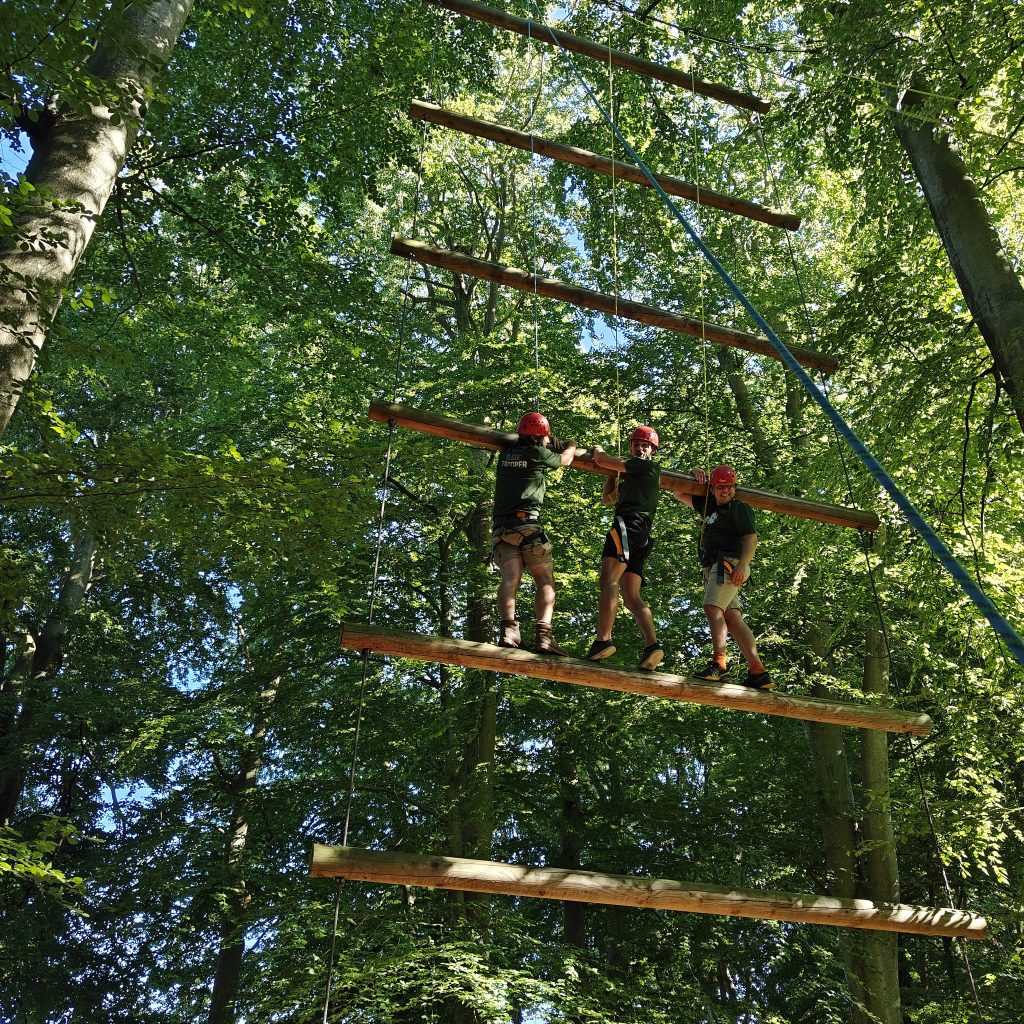
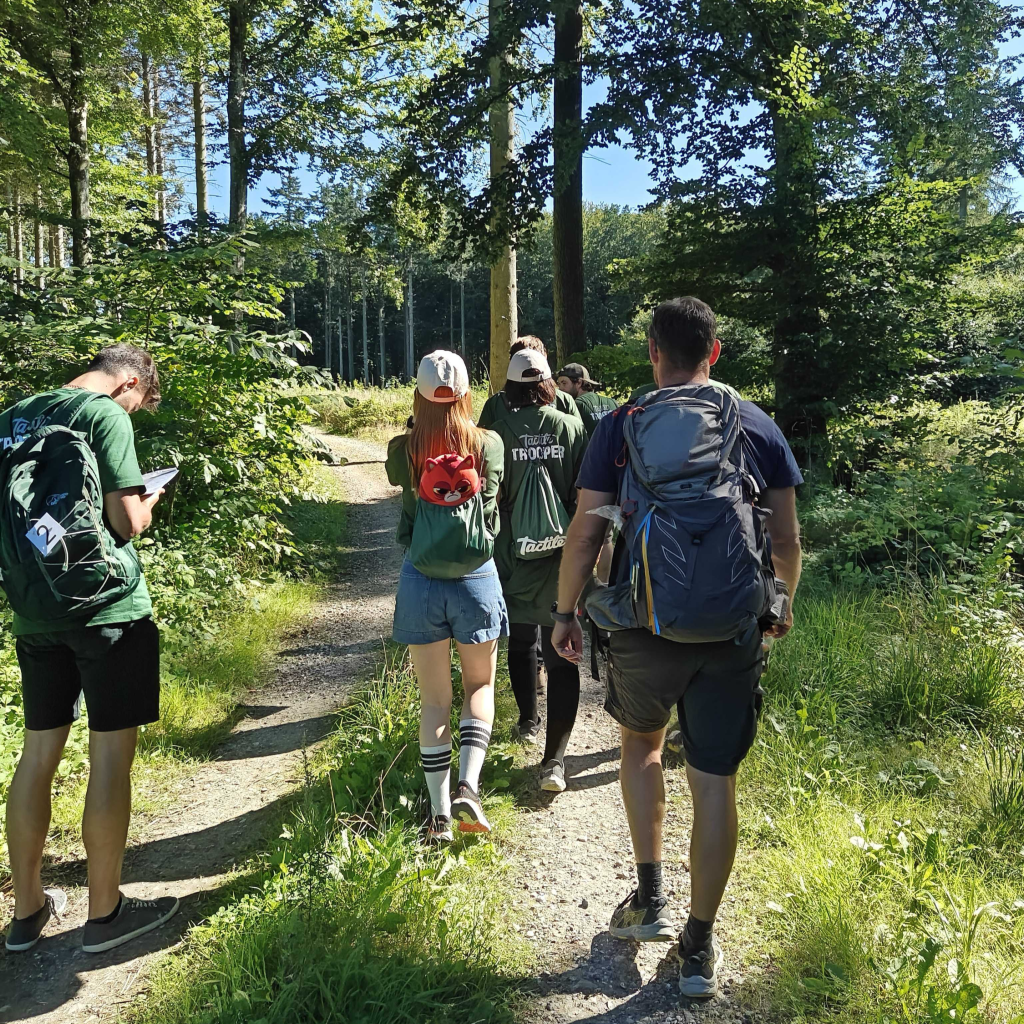
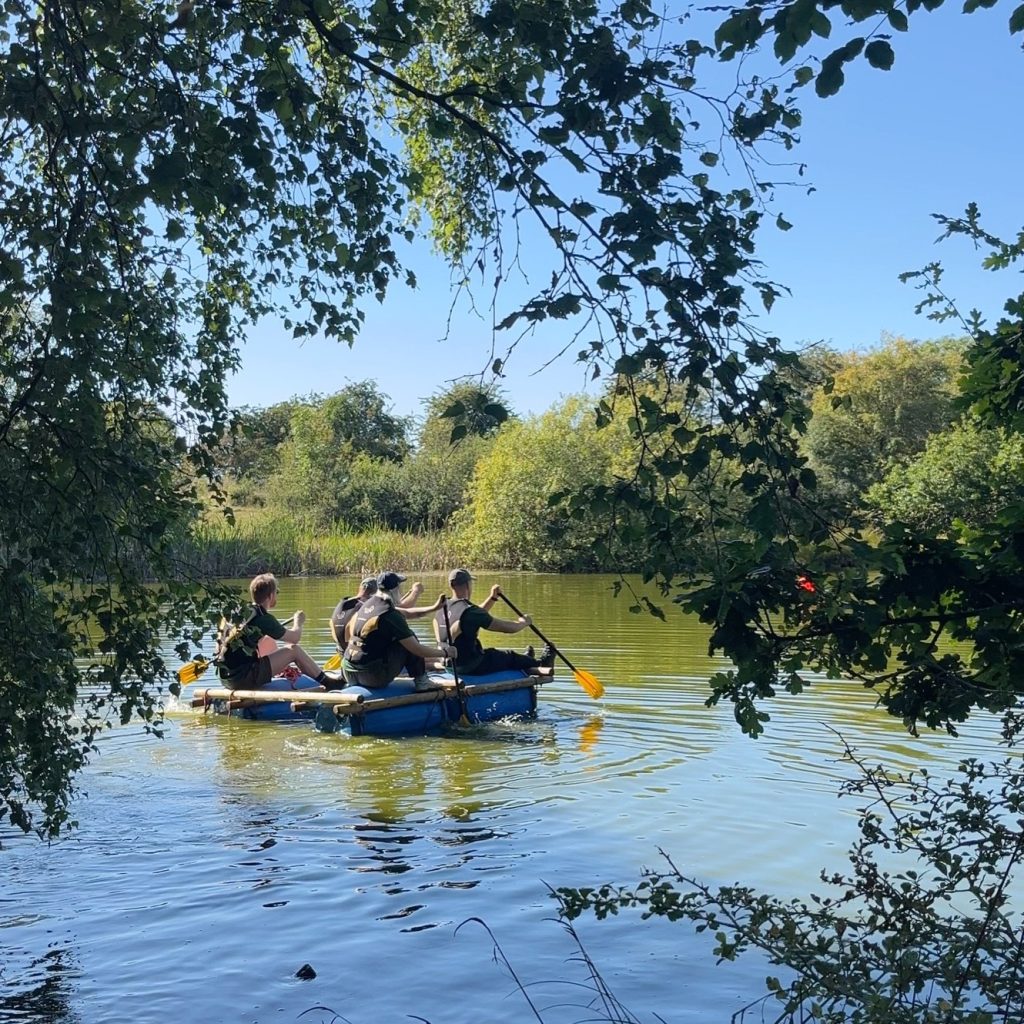
How participants are chosen
To make the Bootcamp experience as impactful as possible, we designed the groups to be:
- Randomized, no cliques or team silos
- Small, no more than 30 participants to ensure deeper connections
- Diverse, a mix of new and seasoned Tactilers, different teams, roles, nationalities, and genders
This intentional mix ensures that every Bootcamp cohort mirrors the rich diversity of Tactile itself.
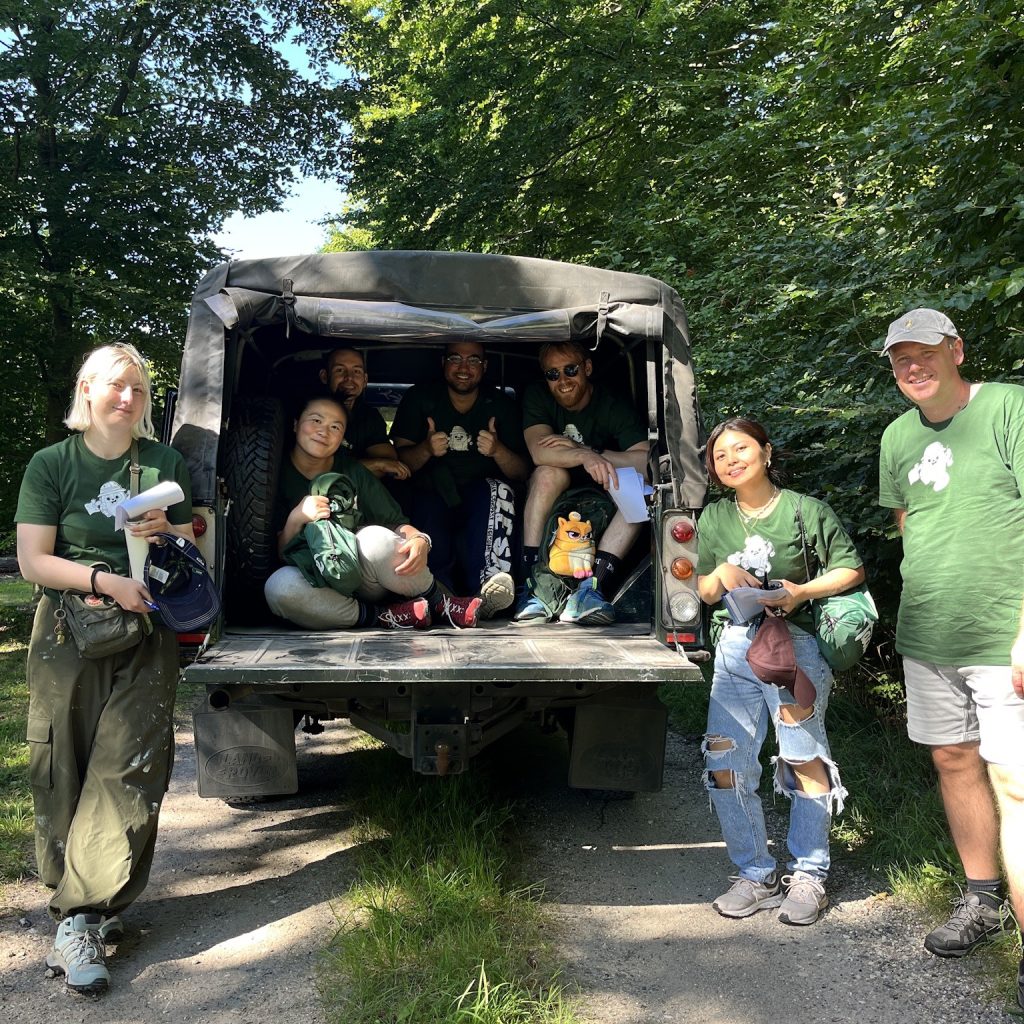
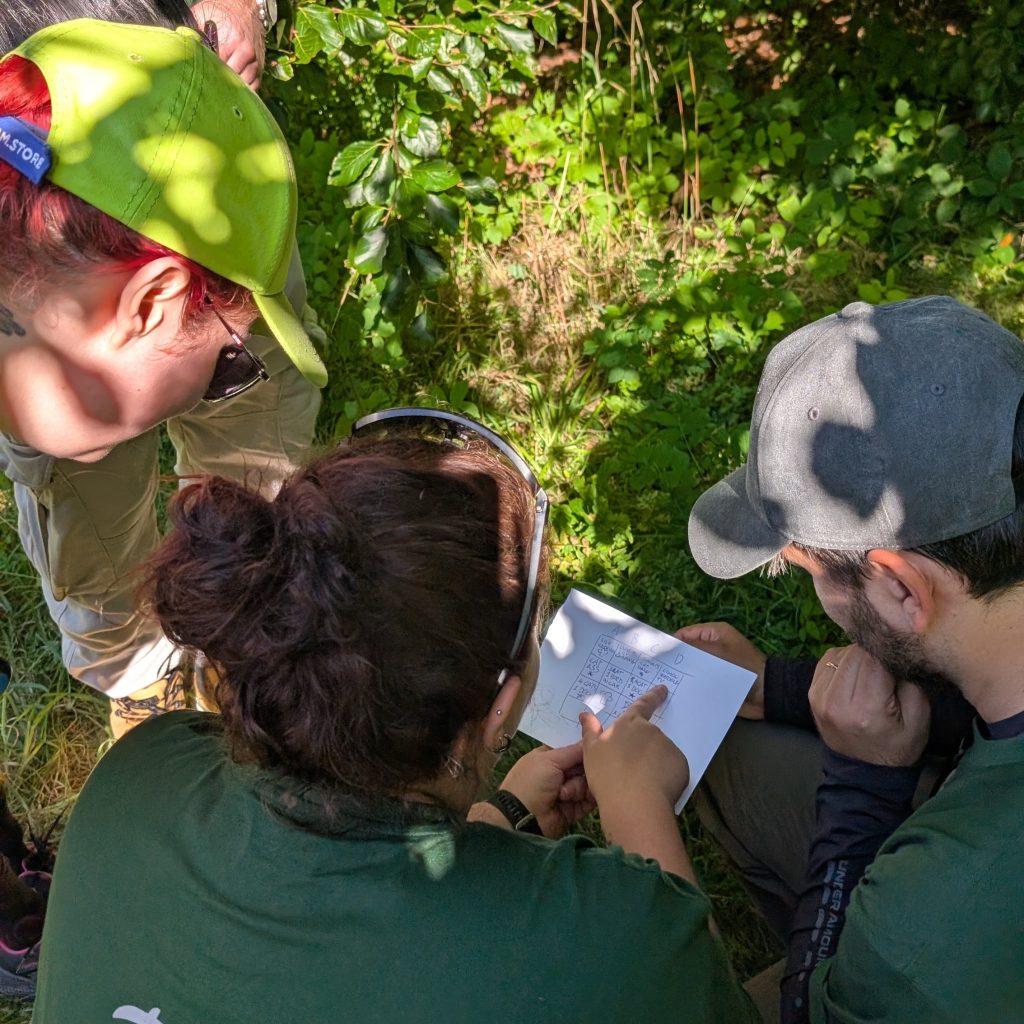
What the Bootcamp includes
The Bootcamp is built around three core pillars that drive success for individuals and teams at Tactile:
- Scrum – the project methodology that keeps our work agile and efficient
- Feedback – how we give and receive feedback to continuously improve
- Team Dynamics – the journey from being a group of people to becoming a high-performing team
These modules are paired with engaging activities:
- Kick-off sessions and icebreakers
- Shared meals to build informal connections
- And the highlight: a 24-hour outdoor adventure, where participants put their learning into action
This approach transforms the Bootcamp from “just another team-building event” into a practical, memorable experience that equips Tactilers with tools they can apply every day.

Measuring success
When we launched the first Bootcamp, we knew it would take time to see results. People were excited, but also a little unsure about what to expect.
Fast forward a year, and the impact is clear:
- High demand! Tactilers are actively asking when it will be their turn to join 👏
- A shared language! Former troopers reference lessons from the outdoor adventure and the modules in their daily work 📝
- Stronger collaboration! Silos are breaking down, and cross-team connections are growing stronger 💪
Ultimately, the Bootcamp delivers on the three goals we set out to achieve:
- A stellar onboarding experience
- A bridge between new and seasoned Tactilers
- A relevant, practical learning journey for everyone
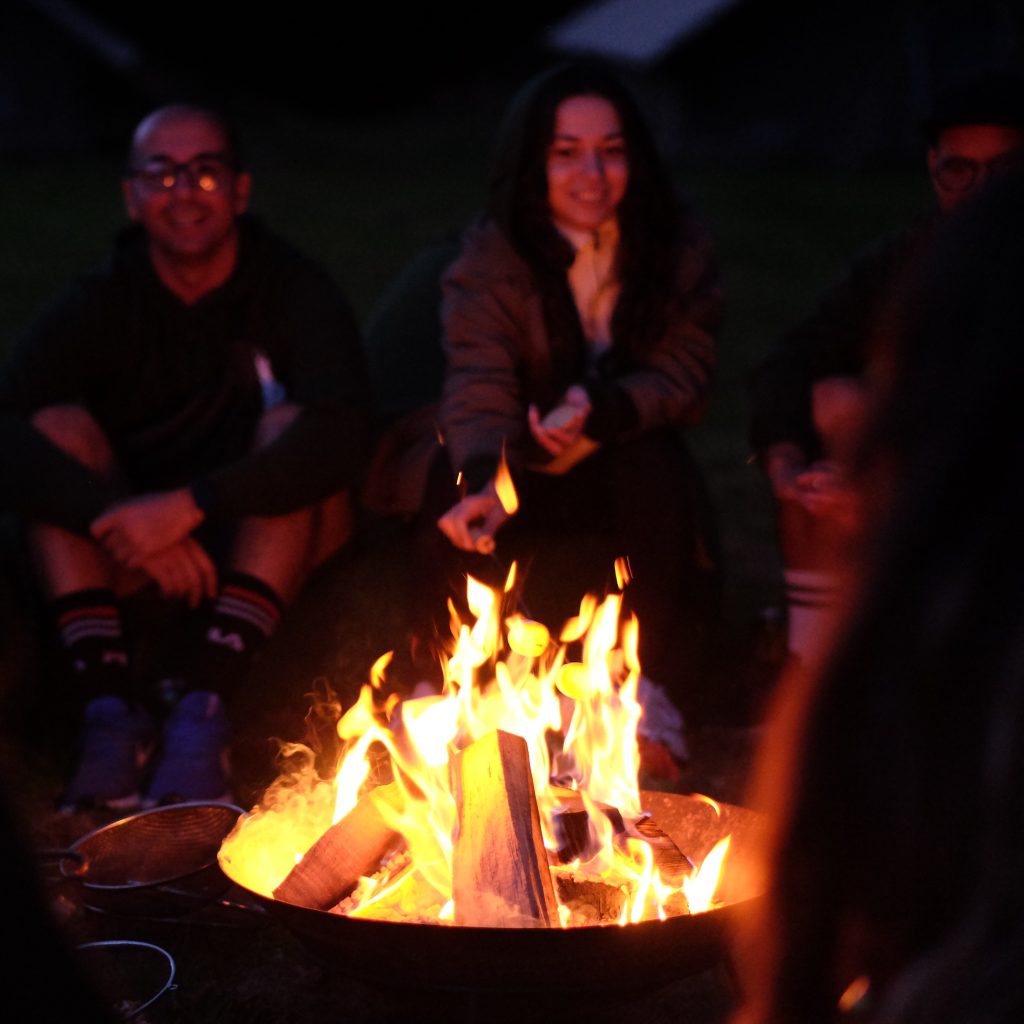
Words from the “Troopers”
“I really appreciated being outdoors, it added a refreshing dimension to the experience. More specifically, what stood out to me was the time we spent upfront discussing team dynamics before diving into the exercises. Those initial conversations provided clarity on where to focus our efforts and what behaviors or patterns to observe during the missions. I also enjoyed that the exercises allowed for multiple approaches to problem-solving. Each team could choose a different path, which made the planning and execution vary significantly. This diversity created a great opportunity to observe and reflect on different teamwork strategies and ways of thinking.”
“The mix of different missions that required different skills, and had different levels of making you feel a bit uncomfortable. all of this really helped to bring together the team and go through the norming, forming and storming stages relatively quickly.“
“The highlight for me was seeing how different personalities and approaches came together to solve challenges in real-time. It was insightful to observe how each team member contributed in their own way, and how collaboration evolved as we progressed through the activities. I think this was enabled by how well the teams were structured. It was clear that thought went into avoiding overlaps in workplace hierarchy, which really helped level the playing field. When people aren’t placed in their usual roles, especially where one might typically have authority over another, it encourages more open collaboration and honest contributions. That setup made it easier for everyone to engage as equals, and I think it brought out a more genuine team dynamic.”
“I loved spending time with new people from the company, not only for the social aspect but also to work together and solve challenges. It was interesting to see how we connected and focused on the important part, specially having fun.“
Until next time, Troopers! 🏕️
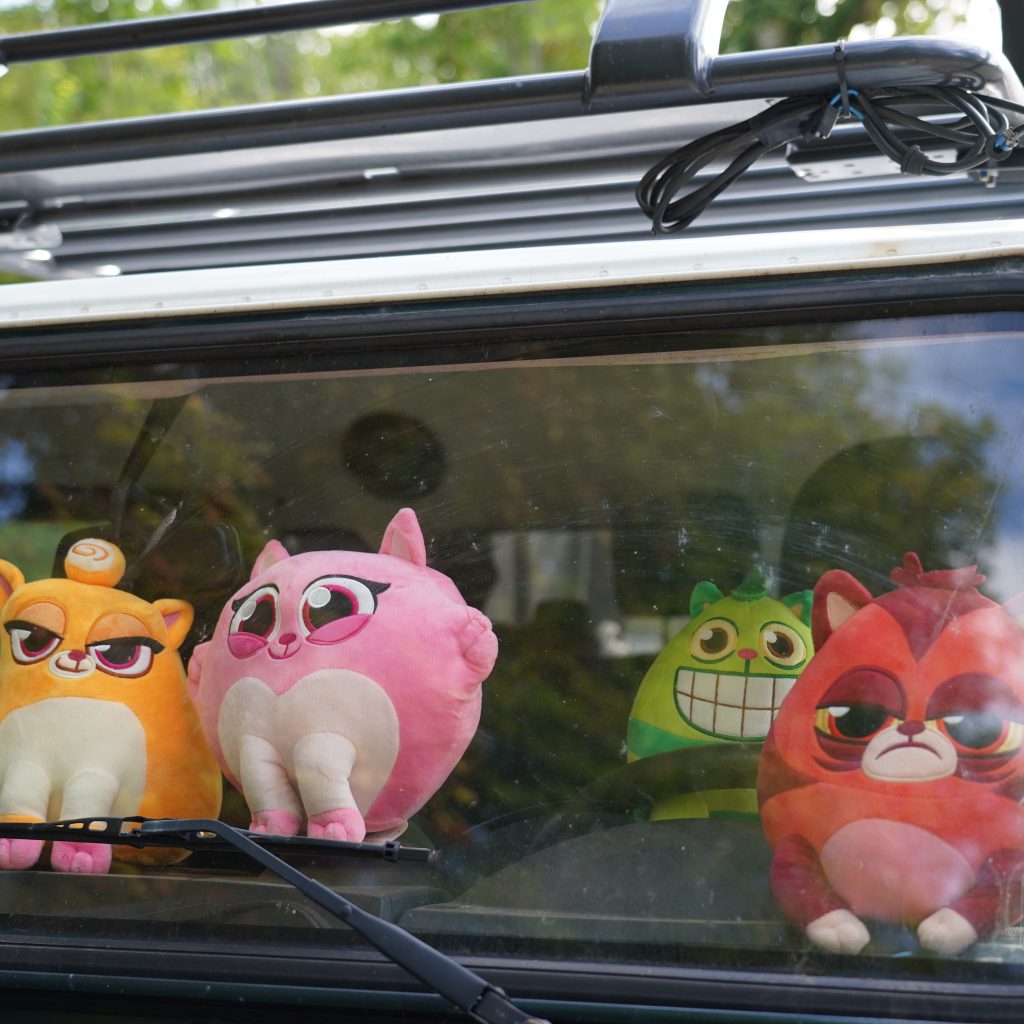
Double Time for Talent – with Eduardo Prado and Said Bahçeci
Hi, we’re Eduardo and Said, it’s nice to virtually meet you! 👋
Eduardo: I joined Tactile in October 2024 as a Game Monetization Manager. In my role, my main responsibility is to ensure that Lily’s Garden players are presented with sharp, relevant, and up-to-date content to support their journey through the game. I really enjoy this role because it delivers an interesting mix of technical and creative work.
Said: I joined the team shortly after Eduardo, in December 2024, as a Monetization Manager, and I’m currently working on Lily’s Garden and Simon’s Cat Match. My work mainly revolves around segmentation, contextual offers, balancing, and of course, testing, evaluating, and iterating on these initiatives.
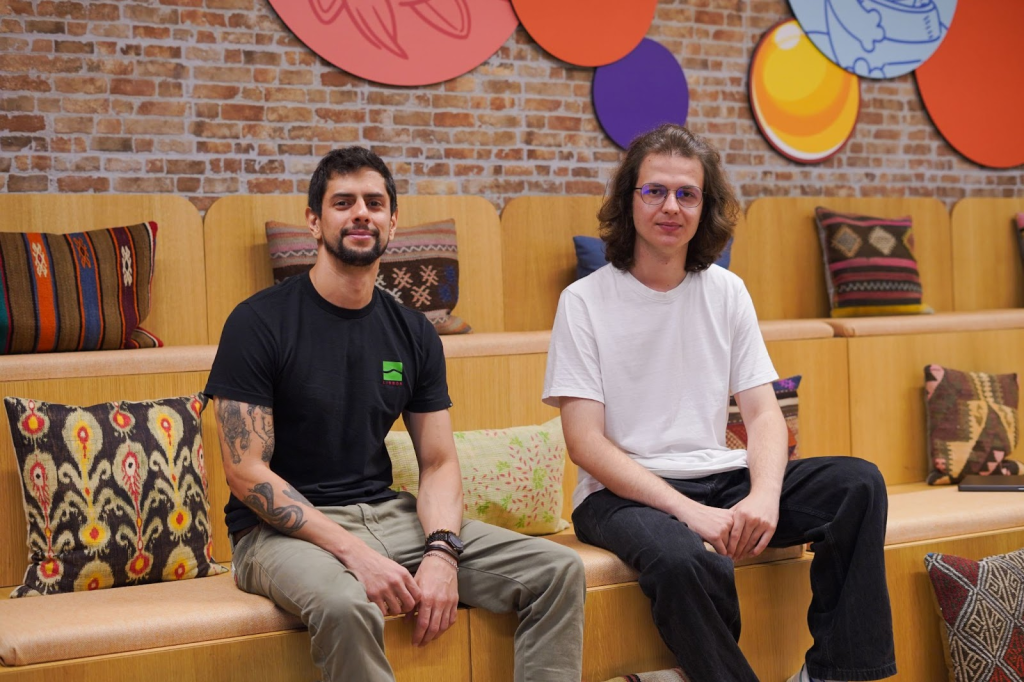
🚀 Before Tactile
Eduardo: I have an extensive marketing background, and before I entered the gaming industry, I was working mostly with marketing and customer relationship management. My first contact with digital products was in the Fintech industry, and from that moment onwards, I knew the path I wanted to pursue. Some years later, I had the opportunity to join Miniclip in a Liveops/Monetization role, where I worked for over 4 years, and I absolutely fell in love with it. Today, I can confidently say that this is what I’ll be doing for the rest of my life.
Said: Back in 2022, while I was still at university, I joined Gram Games as a Product Management intern. I then moved into a Product Manager role for the LiveOps team. Eventually, when the Monetization team was formed, I transitioned there and focused on monetization initiatives full-time.
💜 Joining Tactile
Eduardo: Moving to Copenhagen during winter was a bit challenging, especially for me, coming from a much warmer country. But everyone at Tactile was so careful with the relocation process that things ended up happening super smoothly. Learning everything about a new game, and how everything works in a new company also demands some adaptation period, but all my colleagues were supportive in helping me and integrating me into the product. The routine of working in a big game can be hectic sometimes, but with a little time and patience, all the pieces come together in no time.
Now, almost a year later, I feel fully integrated into the product and responsible for a significant pillar of Lily’s Garden, the main game of the studio. I also made good friends within the company and can say that Copenhagen has a lot to offer as a city. There are endless things to do here.
Said: When I joined, Tactile already felt like a very welcoming place. I noticed early on that people were always ready to help, no matter their title or position, even in one-on-one situations and that’s still true today.
What has changed is that we now evaluate our tests in a more structured way, and our internal tools have grown in both capabilities and use cases. During my time here, I’ve had the chance to see many tests deliver results, and I also got to work on a new game as we launched it globally. Overall, I can say I’m happy with the company I joined and the place I’m in now.
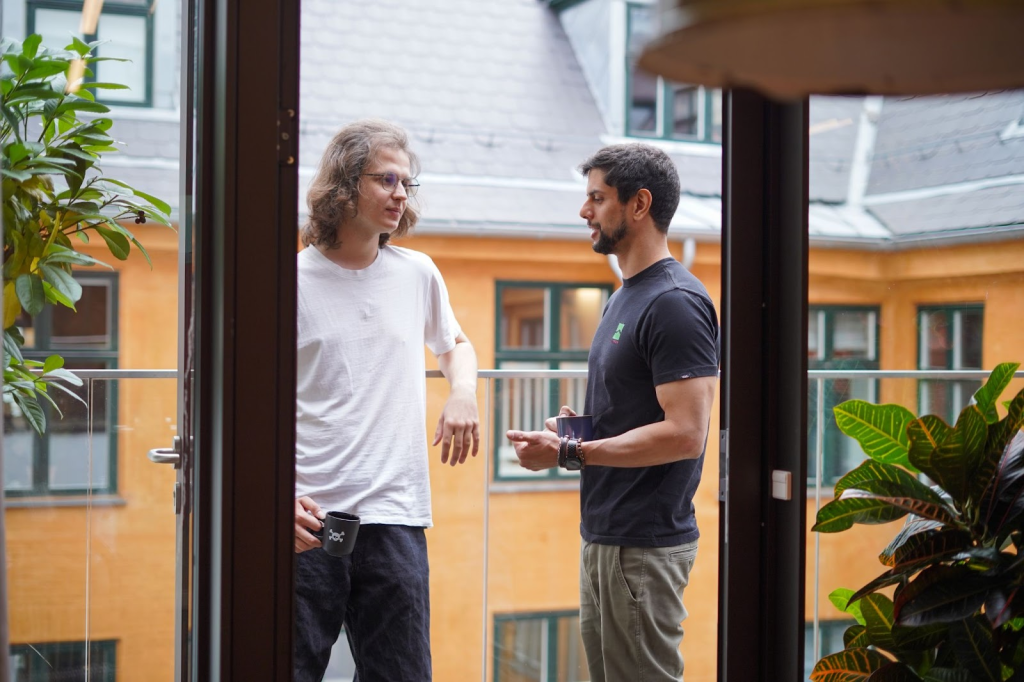
💪 Having an impact
Eduardo: The Liveops & Monetization Team is responsible for designing and delivering meaningful content to players. This content can be in the form of special offers, time-limited events, progressions, collections, and much more. We also define segmentation parameters to ensure that different groups of players receive in-game content tailored to their experience and the way they interact with the game. Nearly everything we release is thoroughly tested, so we can confirm that each addition meets its intended purpose and, most importantly, that players are enjoying it. Tactile has amazing tools built in-house, which allow us to act on things faster and be more agile when planning events, promotions and A/B tests.
Said: As the LiveOps team, our goal is to create a calendar of events and offers shaped around our players’ enjoyment, preferences and needs, and then keep iterating and improving it by introducing new features and updates.
What I find most exciting about LiveOps is being able to see the impact of our work reflected in live data within a short time, and being able to react accordingly. On top of that, Tactile’s flat structure and advanced internal tools give us a fantastic playground to try out ideas and push things forward without unnecessary barriers.
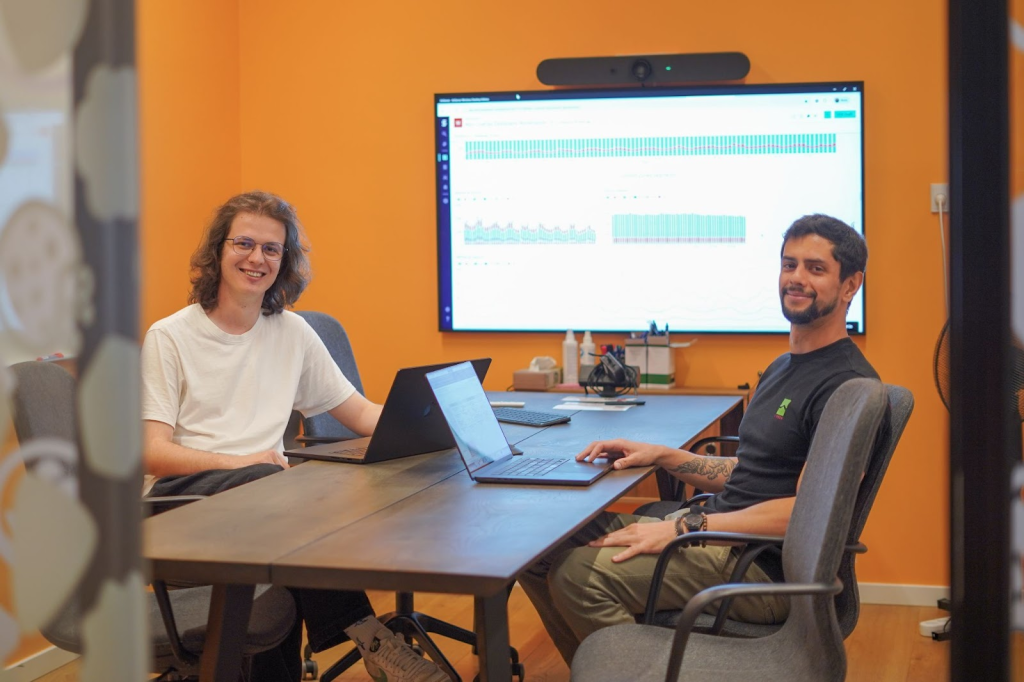
📚 The keys to success
Eduardo: For anyone looking to enter the gaming industry, it’s crucial to understand that games are, above all, products. And as such, it’s important to maintain a critical perspective on everything that happens within them and on how all the pillars of a game connect together.
Don’t be afraid to make mistakes or try new things, stay up to date with others in the industry, play games with a critical mindset, and above all, have fun. Working in gaming can be incredibly rewarding, and that’s what makes it so enjoyable to me.
Said: Play a lot of games, do market research, and have at least a basic understanding of statistics. I think those are great starting points.
I’ve also always believed that curiosity is one of the most valuable traits in this industry. Whether it’s diving into data to find unexpected patterns, exploring new monetization strategies, or just playing a game to understand what makes it fun, I think staying curious is what keeps you learning and improving. And honestly, that’s what makes the job exciting.
Thanks so much for sharing, Eduardo & Said! 💜
What makes game analytics different?
In the world of mobile gaming, analytics play a crucial role in defining new product roadmaps. In contrast to many other industries where data is gathered from ‘flattening’ the world into workable data which can reduce the scope of what is possible to monitor, we have the luxury of being able to track everything within our games. For game analysts, this increases the possibilities for exploration and offers a much more holistic perspective of our products. These are just some of the reasons why Martin and Onur, our Game Data Analysts, believe game analytics is so interesting.
Taking the user perspective into account is a key part of game analysts’ work – we have a wide variety of users both in terms of their skill-set and playing intentions. We have players who enjoy more challenging puzzles and play a huge amount of levels each day, but also inexperienced players who are opening our game for the first time, or even trying out a mobile game for the first time in their lives. All of these different user perspectives push our analysts to take a deep dive into game dynamics and into considering different analytics points. It is important to clarify here that this is of course keeping complete user privacy – our focus is on tracking what our players DO and understanding how they PLAY.
“Having this analytics sandbox allows us to get very creative,” Martin explains, “We can pretty much gather any hypothesis and run with it. In other industries, that’s not always possible. On top of that, we have millions of users, which means that we have access to huge amounts of data. This allows us to get very reactive in our work.”
The ability to gather loads of data and to gather it quickly, allows us to move fast in shifting things like our in-game economy or to get input on new features we’re developing. When the team moves so fast, they can make a real impact on the products. “We are a big part of the company and the decisions that are being made. We want to ensure that we are always working in a very data driven way,” adds Martin.
A holistic view of our products
Within our analytics, we can track step-by step what our users are seeing and doing. We can see how they interact with individual levels, tasks, events, features and offers. Do they click out of different screen views? What things do they accept, which ones do they deny? What is the order in which they receive offers and what impact does this have on their purchasing habits? When they get into the game, what is the first thing they see? What is the last thing they do?
Our analysts therefore work with a wide range of hypotheses. They come up with many of them through their own interaction with the game or project they’re supporting. Onur shares an example: “Recently, whilst playing Lily’s Garden, I set the hypothesis that a different placement of a particular button would make me want to play another level. And so I set up the analysis and designed an A/B test, to see whether my theory holds true in real life. The best thing is that I could see the results very fast – we have a wide user base and so significance is achieved quickly, particularly compared to other clinical trials.”
This ability to track everything in real-time creates variety for our analysts in how they use the data and in the types of tasks they get to do. “As data analysts, we do not sit in a separate room somewhere in the building, filling in spreadsheets. We are on the floors, sitting directly with the teams, whether that’s supporting individual games or marketing teams, and helping them work in a data-driven way,” explains Martin.
Analytics impact on every step of the way
It is our ambition at Tactile to be as data-centric as possible. Our analysts are not just “SQL Monkeys” – they are a key part of every step of the way, from ideation to shipping and even LiveOps, balancing and marketing. Data benefits the entire production pipeline. On top of this, they help ideate on the product side, they have a hand in the design aspect, they help set-up A/B tests, analyse results and help teams drive key takeaways. They’re completely intertwined in all of our projects and so their say really matters. “People will listen to your opinions,” says Onur, “and you can very quickly see the impact of the changes which were applied because of your findings.”
This is especially true when working on a brand new game. Martin started off as a product analyst on our biggest game, Lily’s Garden, which is a great starting point for someone joining the gaming industry for the very first time. However, as Lily’s Garden is an established game, the approach to making changes is different compared to a new game. Lily’s Garden has a large group of long-term players who enjoy the game as it is and it’s important to not change it too much, so as not to let them down in terms of their player experience. In a new game, the product itself and player experiences are still being refined and shaped, which means that players are expecting more changes to come.
The opportunities and challenges of a new game project
After a couple of years on Lily’s Garden, Martin took the opportunity to join one of our newest game projects, Simon’s Cat Match, which was already in production, but not yet fully released.
Having a data person on a new game as early on as possible in its development cycle is really important for two key reasons; one, it helps to set the foundation for analytics on a wider scale and two, it allows the team to keep moving fast and stay data-driven whilst doing so. Martin elaborates: “This means that we’re able to use data to validate big risks and be confident that the changes we are making to the game are positive improvements. We’re a small team, but our ambitions are big and we want to keep growing our game, so it’s crucial for us to stay agile.”
A brand new game is a blank slate and therefore presents a lot more possibilities, but this also comes with more challenges. As the only analyst, Martin has been a big part of the team by supporting and enabling all the changes that are being made in the game. Every new feature, every adjustment and change needs to be tracked and tested properly before it gets released to the entire player base. “This is challenging because of the quantity of the users and also because of the in-game balancing, when we make several changes at the same time,” explains Martin, “Moving fast also means not being able to A/B test everything. This is when methodology and scientific rigor become even more important.”
In his day-to-day, Martin works closely with the game’s Product Manager, as well as other area leads (for game art, animation, level design, programming and QA). As a team, they do a lot of spitballing and brainstorming, so everyone is a big part of making decisions. Martin specifically is involved in everything from designing new features, design tweaking, providing data on existing users, assisting with solving problems, bugs and investigating crashes. He has a real impact on the final look and feel of the game.
Supporting the core of our games
Onur, just like Martin, started on Lily’s Garden product team, but recently moved to working with our Gameboard team. This team is responsible for everything relating to our core gameplay (match-3 puzzles), in particular level design.
Making match-3 puzzle games is our core business and so it’s key for us to ensure that our game levels are both appealing and challenging for all the different user bases we have. “The insights from data are an irreplaceable part of this process,” explains Onur. In his work, he collaborates closely with Product Managers, Level Designers and Gameboard Artists, who are the main drivers of what our users are experiencing in the game.
When it comes to Level Design, Onur needs to support the team with a holistic analysis at all times. “Working with levels has so much depth, it’s almost like working on another game in itself,” adds Onur. What he means by this is that we need a lot of visibility in order to make our levels both challenging and visually appealing – we need data on how our users are progressing through levels, how they are navigating within the levels, which actions they’re taking and how they’re interacting with other parts of the game (such as events). We are also interested in observing different player behaviours, for example whether they are getting disinterested or quitting the game after a certain point. “On top of this, there are things that need to be reworked, design decisions that need to be made and adjusted, and reward structures which need to be established. Analytics needs to stay on top of this at all times,” concludes Onur.
The impact of a strong analytics function
Being so involved in every part of the business, from product development, to core gameplay and even marketing – the impact of our analytics team is huge.
For Martin, the biggest impact in his work comes from driving people towards making decisions based on data, not hunches. “Or at least, to have them use data to confirm or disregard hunches,” he says. “It’s really rewarding being able to reinforce decision making and to see something in the game that you had a direct impact on.” For Onur, this impact is the biggest motivator. He explains: “Trends change so rapidly. A tiny change on the economy side or within another side of the game can create an adverse impact on the trend you’ve been following. This is why it’s so important to detect these things and problem-solve quickly.”
But the impact goes beyond just recommending a change on the feature and seeing it come to life.”Games are so important these days – they’re a huge part of people’s lives and they bring joy to people. It’s truly amazing to be a part of that,” Martin wraps-up perfectly.
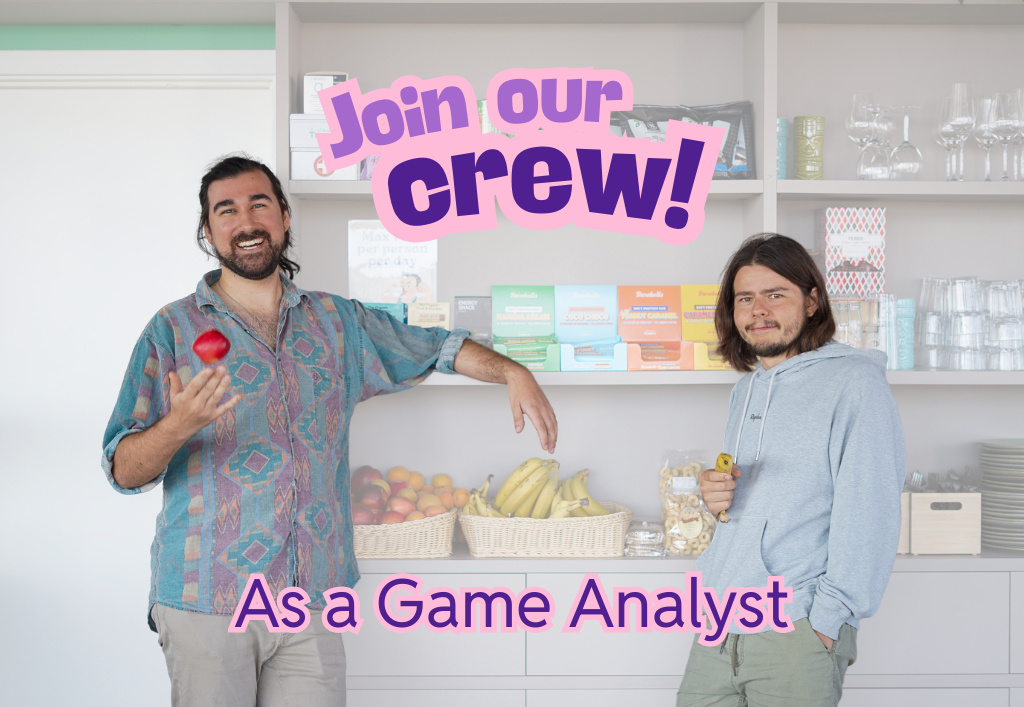
We’re hiring! Come grow with us 🌱 (link is valid until role closes)
